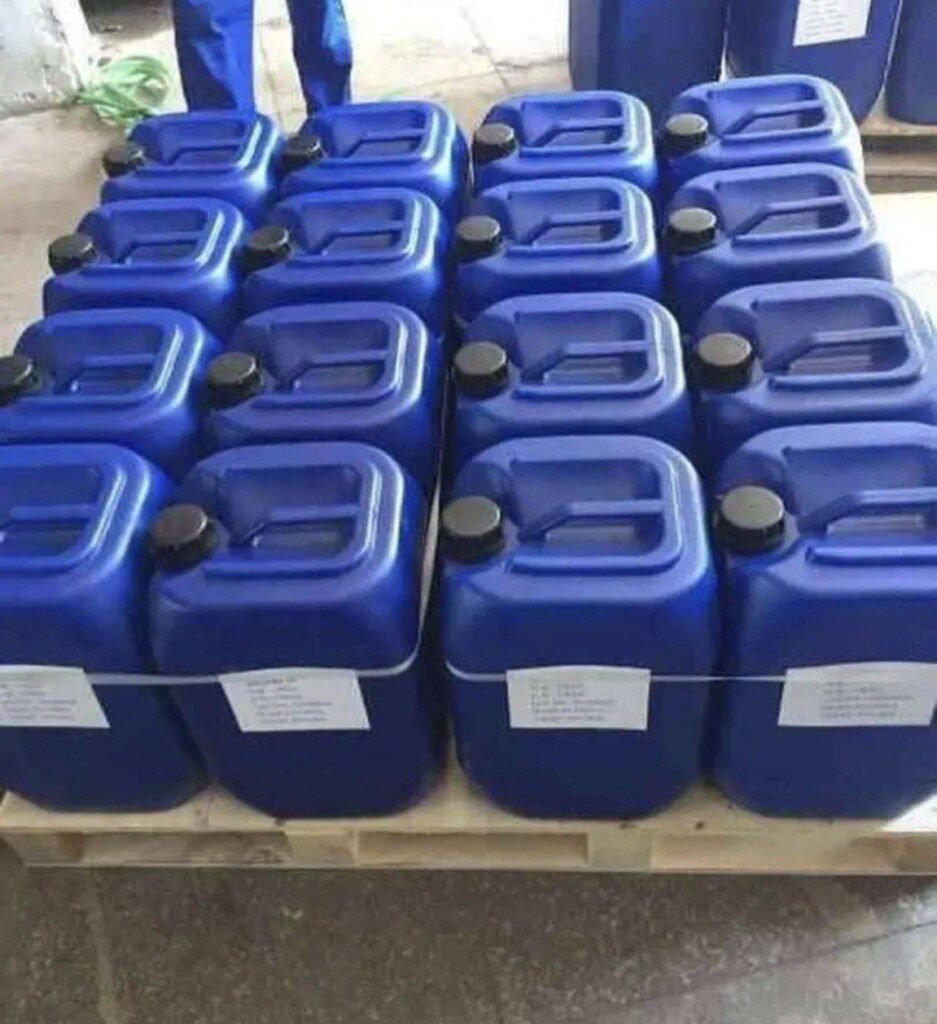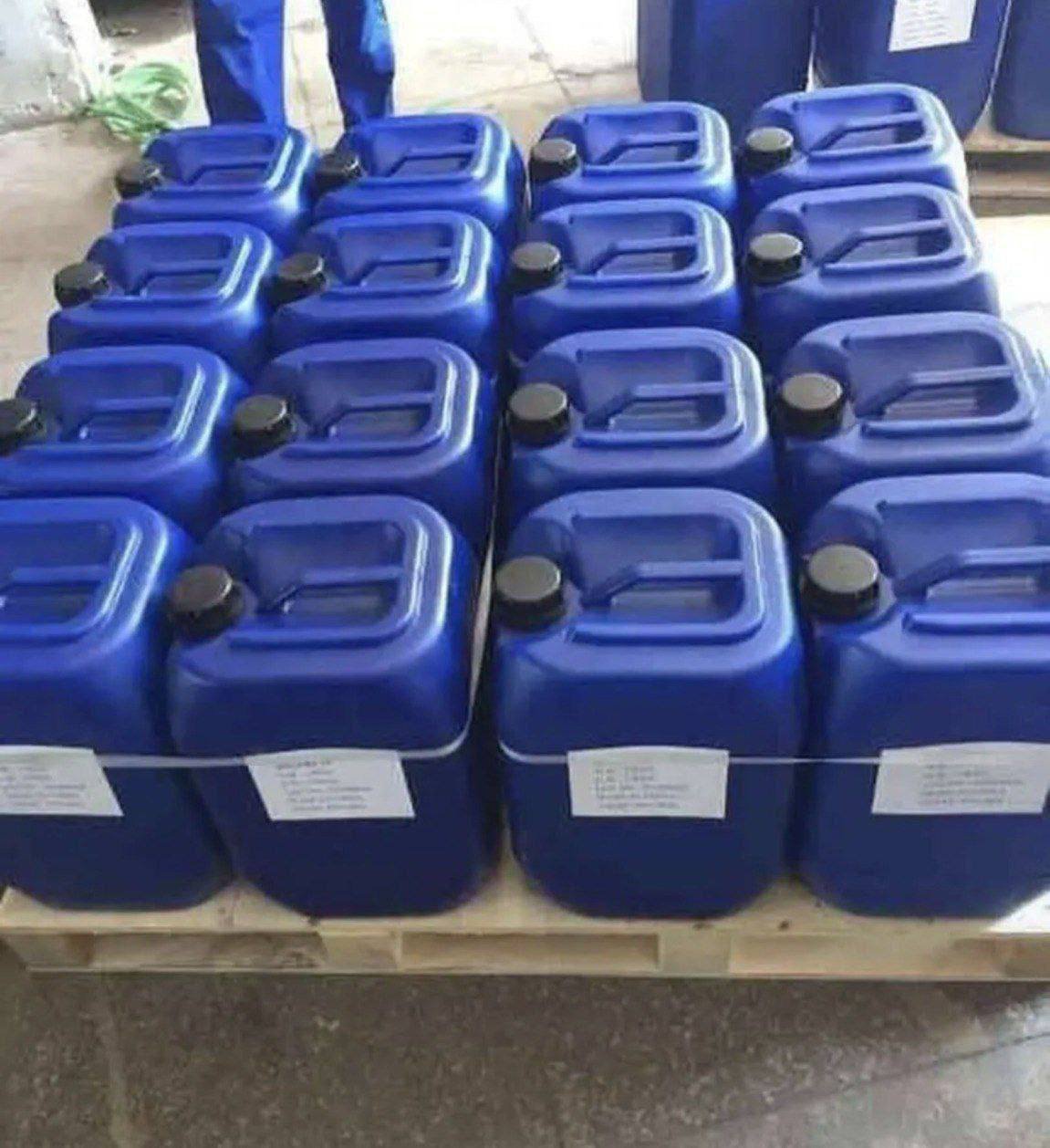
Reclassification of GHB and GBL in the UK: A comprehensive overview
Introduction
Ghb detoxGamma-hydroxybutyric acid (GHB) and gamma-butyrolactone (GBL) have long been substances of concern due to their abuse and associated health risks. Recently, the UK government announced the reclassification of these substances to tighten controls and reduce abuse. This article looks at the reasons for the reclassification, its implications and what it means for different stakeholders.
Understanding GHB and GBL
GHB is a central nervous system depressant that was originally developed as an anesthetic. It is often abused for its euphoric and sedative effects. In medicine, GHB is used under the prescription drug name Xyrem to treat narcolepsy. However, its potential for abuse, particularly in the club scene and as a 'date rape drug', has led to significant regulatory concerns. ghb detox
GBL is a precursor to GHB and is converted to GHB in the body. While GBL is used in various industrial applications, its easy availability and conversion to GHB has made it a target for recreational abuse. GBL is also used as a solvent in various products, including paint removers and cleaning products, such as GBL eyelash remover.
The need for reclassification
The reclassification of GHB and GBL in the UK is in response to the increasing abuse and associated health risks. Key factors driving this decision include:
- Health risks: Both GHB as well as GBL can cause serious health problems, including unconsciousness, respiratory depression and even death, especially when mixed with other substances such as alcohol.
- Increasing abuseThere has been a marked increase in recreational use of these substances, leading to more hospital emergency admissions and deaths.
- Criminal activitiesGHB has been implicated in numerous criminal activities, particularly sexual assault, due to its mind-altering effects. ghb detox
The reclassification process
In the UK, drugs are classified under the Misuse of Drugs Act 1971. The reclassification of GHB and GBL involves moving them from Class C to Class B drugs. This change signals recognition of their higher potential for harm and abuse.
Important changes due to the reclassification:
- Stricter penaltiesPossession of GHB and GBL now carries more severe penalties, including up to five years in prison, an unlimited fine or both. Offenses related to supply and manufacture can result in up to 14 years in prison, an unlimited fine, or both.
- Stricter controlsStricter controls and monitoring of the sale and distribution of GBL will be introduced to prevent its misuse as a GHB precursor. This includes requirements for licenses and increased control of suppliers. ghb detox
- Increased awareness and educationThe reclassification aims to raise awareness of the dangers of GHB and GBL among both the public and the healthcare system. Increased educational initiatives are intended to reduce abuse and promote safer practices. ghb detox
Effects of the reclassification
Public health
The reclassification is expected to have a positive impact on public health by reducing the availability and misuse of GHB and GBL reduced. By imposing stricter penalties, the government aims to deter individuals from abusing these substances. In addition, increased awareness campaigns will inform the public of the risks, potentially leading to a reduction in recreational use and associated health emergencies.
Prosecution
For law enforcement agencies, the reclassification provides a stronger legal framework to combat the illegal distribution and use of GHB and GBL. The possibility of imposing harsher penalties serves as a deterrent and enables more effective prosecution of offenders. It also facilitates better coordination with international authorities to control trafficking in these substances.
Industry and trade
Industries that legitimately use GBL in manufacturing and other applications will be subject to increased regulatory scrutiny. They will need to ensure compliance with new licensing requirements and demonstrate that their products are not being diverted for illegal purposes. This may entail additional compliance and monitoring costs, but ultimately aims to create a safer environment for both businesses and the public. ghb detox
Healthcare provider
Healthcare providers need to be more vigilant in identifying and treating cases of GHB and GBL abuse. Improved training and education programs can help healthcare professionals recognize the symptoms of overdose and provide timely and effective treatment. In addition, the reclassification emphasizes the importance of monitoring prescriptions and ensuring that medications containing GHB are used appropriately.
GBL in specific contexts
GBL-Personnel and GBL-Personnel Wellington
The reclassification affects not only general users, but also specific personnel involved in the handling and distribution of GBL. GBL personnelespecially in locations such as GBL Wellingtonmust adhere to stricter regulations and ensure that their handling of GBL meets the new legal standards. This includes keeping accurate records and ensuring that GBL is not diverted for illegal purposes. ghb detox
GBL synthesis and 1,4-butanediol to GBL
The process of GBL synthesis involves the dehydrogenation of 1,4-butanediol. This chemical reaction is crucial for industrial applications, but also poses a risk for the illegal production of GBL and consequently GHB. Understanding the conversion of 1,4-Butanediol to GBL is essential for regulatory authorities to monitor and control the production and distribution of these substances. ghb detox
GBL recipes and GBL production
There was an increase in online searches for GBL 레시피 (GBL recipe in Korean) and GBL 만들기 (GBL production in Korean)indicating a growing interest in the illegal production of GBL. This trend underscores the need for strict online monitoring and public education to prevent the spread of dangerous information that can lead to abuse and health risks. ghb detox
Conclusion
The reclassification of GHB and GBL from Class C to Class B drugs in the UK represents a significant step towards addressing the public health and safety concerns associated with these substances. By imposing tougher penalties, tightening controls and increasing awareness, the government aims to reduce misuse, prevent health emergencies and improve public safety.
While the reclassification presents challenges for various stakeholders, it also presents opportunities to create a safer environment through better regulation, education and enforcement. As the UK moves forward with these changes, continued collaboration between government agencies, healthcare providers and the public will be essential to achieve the desired outcomes and mitigate the risks associated with GHB and GBL. ghb detox
FAQs
- What is GHB-Detox?
GHB detox is the process of safely withdrawing from GHB (gamma-hydroxybutyric acid) under medical supervision. It allows the body to detoxify the drug and manage withdrawal symptoms at the same time. - How long does the GHB detox last?
The acute phase of GHB detox usually lasts 5-7 days, although some symptoms can last for weeks or months. - What are the symptoms of GHB withdrawal?
Common symptoms include anxiety, insomnia, tremors, sweating, increased blood pressure and heart rate and, in severe cases, psychosis or delirium. - Is GHB detox dangerous?
GHB withdrawal can be potentially life-threatening. Medical monitoring is crucial to manage risks such as seizures and delirium. - Can I do a GHB detox at home?
It is not recommended to perform GHB detox at home as withdrawal symptoms can be severe. Medical supervision is strongly advised. - Which medications are used during the GHB detox?
Benzodiazepines are often used to treat withdrawal symptoms. Some facilities use baclofen as an additional treatment. - What happens after the initial detox phase?
After the acute detox, ongoing treatment often includes therapy, support groups and sometimes medication to manage cravings and prevent relapse. - How effective is GHB-Detox?
While detox is an important first step, it should be followed by comprehensive addiction treatment to have the best chance of long-term recovery. - Are there natural remedies for GHB detox?
While some natural remedies can help with mild symptoms, they are not a substitute for medical detox given the risks of GHB withdrawal. - How do I find a GHB detox program?
Look for addiction treatment centers or hospitals with experience in treating GHB withdrawal. Your doctor or local addiction counseling centers can provide referrals.


